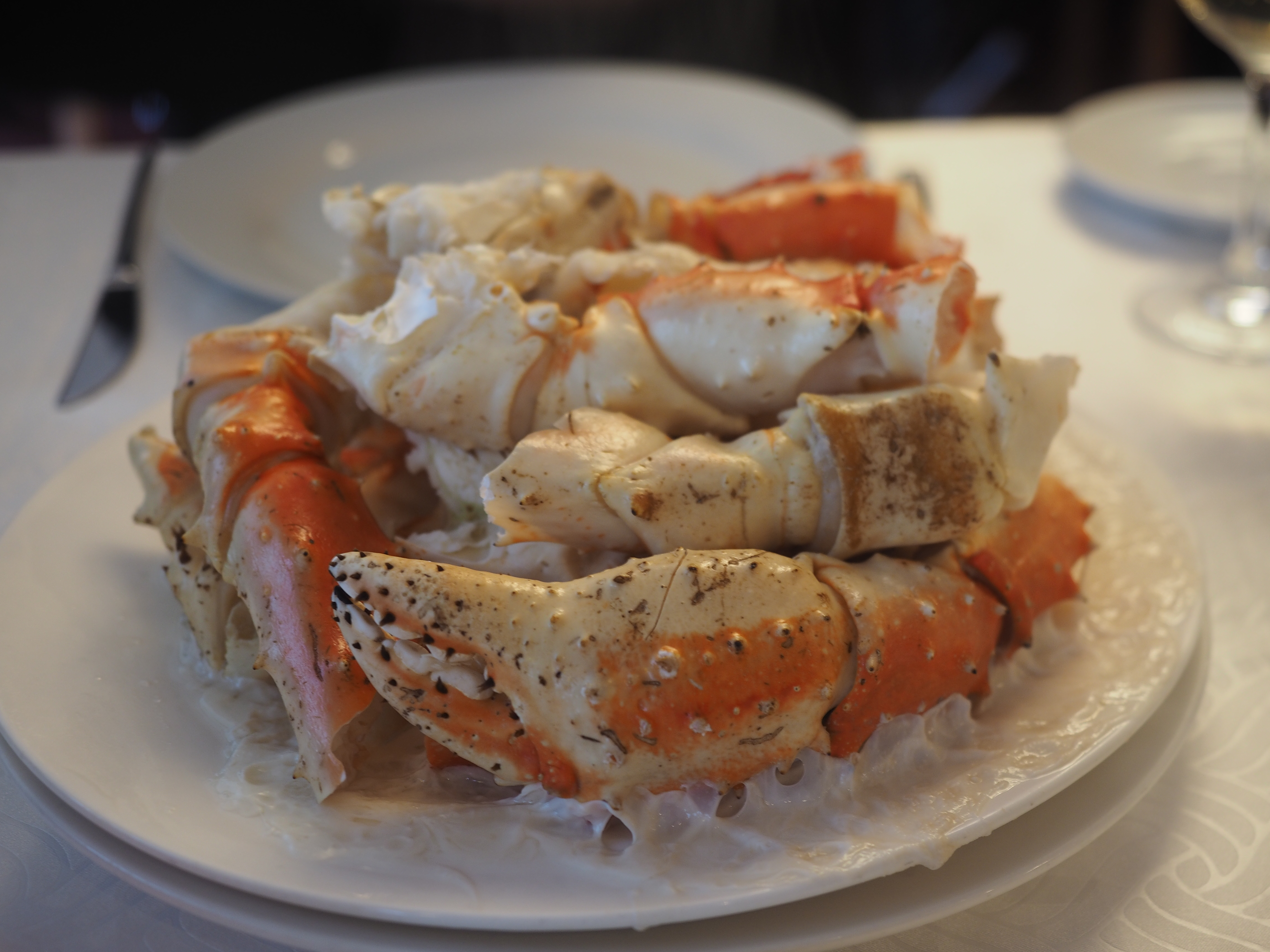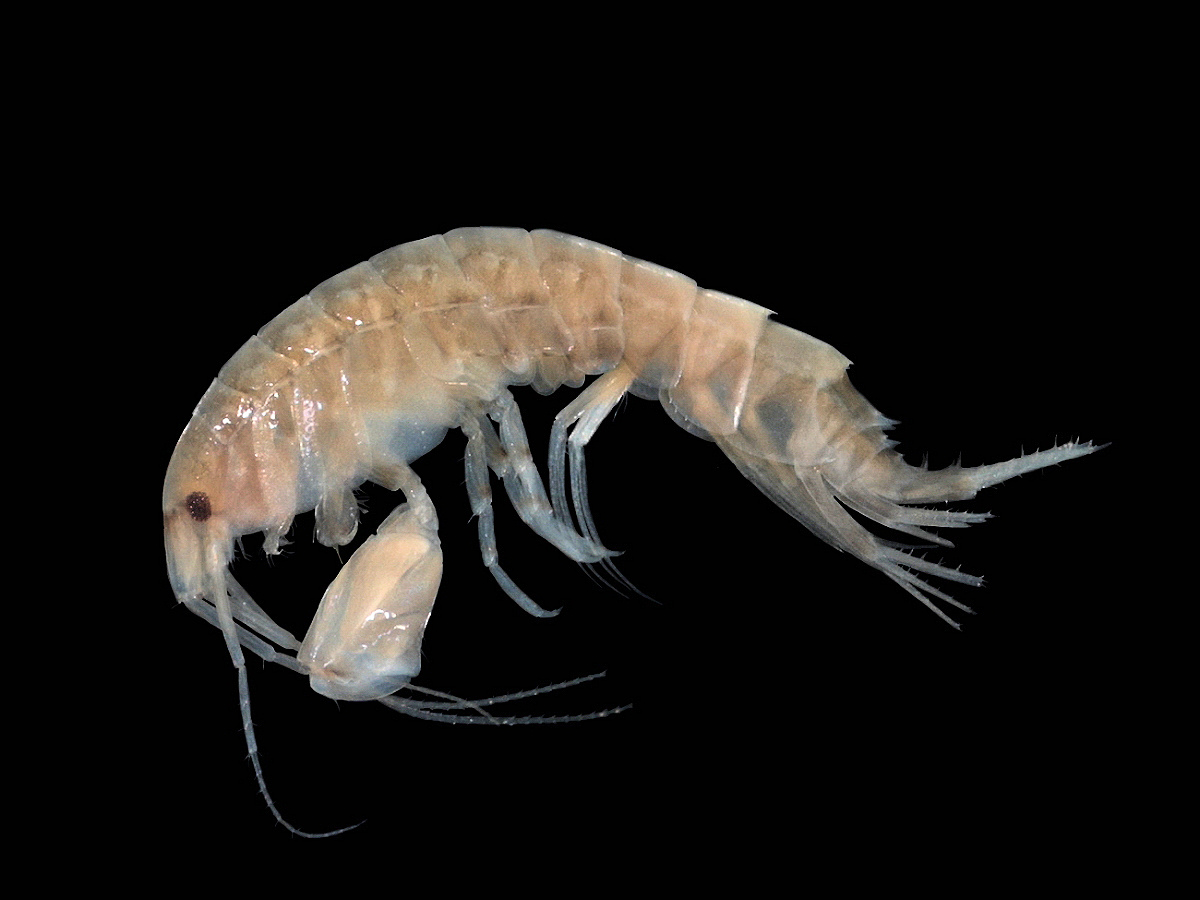|
Neolithodes Nipponensis
''Neolithodes nipponensis'' is a species of king crab which is found in Japan and Taiwan. It has been found at depths from . In the Southern Pacific In 2001, an article was published in '' Zoosystema'' which reported ''N. nipponensis'' in Fiji. Likewise, in 2003, an article was published in ''Scientia Marina'' which reported it in the Solomon Islands. However, both of these appear to be a yet-undescribed species. Etymology "''Neolithodes''" is derived from Greek and Latin and means "new stone-crab", while "''nipponensis''" – " Nippon" with the Latin suffix " -ensis" – means "of or from Japan". See also * ''Neolithodes flindersi ''Neolithodes flindersi'' is a species of king crab found in southeastern Australia. They have been found at depths of but typically appear from . They most closely resemble ''Neolithodes brodiei'' and ''Neolithodes nipponensis''. Interspecies ...'', a species which closely resembles ''N. nipponensis'' References External link ... [...More Info...] [...Related Items...] OR: [Wikipedia] [Google] [Baidu] |
King Crab
King crabs are a taxon of decapod crustaceans chiefly found in cold seas. Because of their large size and the taste of their meat, many species are widely caught and sold as food, the most common being the red king crab (''Paralithodes camtschaticus''). King crabs are generally thought to be derived from hermit crab-like ancestors within the Paguridae, which may explain the asymmetry still found in the adult forms. This ancestry is supported by several anatomical peculiarities which are present only in king crabs and hermit crabs. Although some doubt still exists about this hypothesis, king crabs are the most widely quoted example of carcinisation among the Decapoda. The evidence for this explanation comes from the asymmetry of the king crab's abdomen, which is thought to reflect the asymmetry of hermit crabs, which must fit into a spiral shell. Controversial taxon Although formerly classified among the hermit crabs in the superfamily Paguroidea, king crabs are now place ... [...More Info...] [...Related Items...] OR: [Wikipedia] [Google] [Baidu] |
National Institute Of Water And Atmospheric Research
The National Institute of Water and Atmospheric Research or NIWA ( mi, Taihoro Nukurangi), is a Crown Research Institute of New Zealand. Established in 1992, NIWA conducts research across a broad range of disciplines in the environmental sciences. It also maintains nationally and, in some cases, internationally important environmental monitoring networks, databases, and collections. , NIWA had 697 staff spread across 14 sites in New Zealand and one in Perth, Australia. Its head office is in Auckland, with regional offices in Hamilton, Wellington, Christchurch, Nelson, and Lauder (Central Otago). It also has small field teams, focused mostly on hydrology, stationed in Bream Bay, Lake Tekapo, Rotorua, Napier, Whanganui, Greymouth, Alexandra, and Dunedin. NIWA maintains a fleet of about 30 vessels for freshwater, marine, and atmospheric research. Mission statement "NIWA's mission is to conduct leading environmental science to enable the sustainable management of natural reso ... [...More Info...] [...Related Items...] OR: [Wikipedia] [Google] [Baidu] |
Crustaceans Of The Pacific Ocean
Crustaceans (Crustacea, ) form a large, diverse arthropod taxon which includes such animals as decapods, seed shrimp, branchiopods, fish lice, krill, remipedes, isopods, barnacles, copepods, amphipods and mantis shrimp. The crustacean group can be treated as a subphylum under the clade Mandibulata. It is now well accepted that the hexapods emerged deep in the Crustacean group, with the completed group referred to as Pancrustacea. Some crustaceans ( Remipedia, Cephalocarida, Branchiopoda) are more closely related to insects and the other hexapods than they are to certain other crustaceans. The 67,000 described species range in size from '' Stygotantulus stocki'' at , to the Japanese spider crab with a leg span of up to and a mass of . Like other arthropods, crustaceans have an exoskeleton, which they moult to grow. They are distinguished from other groups of arthropods, such as insects, myriapods and chelicerates, by the possession of biramous (two-parted) limbs, and b ... [...More Info...] [...Related Items...] OR: [Wikipedia] [Google] [Baidu] |
Crustaceans Described In 1971
Crustaceans (Crustacea, ) form a large, diverse arthropod taxon which includes such animals as decapods, seed shrimp, branchiopods, fish lice, krill, remipedes, isopods, barnacles, copepods, amphipods and mantis shrimp. The crustacean group can be treated as a subphylum under the clade Mandibulata. It is now well accepted that the hexapods emerged deep in the Crustacean group, with the completed group referred to as Pancrustacea. Some crustaceans ( Remipedia, Cephalocarida, Branchiopoda) are more closely related to insects and the other hexapods than they are to certain other crustaceans. The 67,000 described species range in size from '' Stygotantulus stocki'' at , to the Japanese spider crab with a leg span of up to and a mass of . Like other arthropods, crustaceans have an exoskeleton, which they moult to grow. They are distinguished from other groups of arthropods, such as insects, myriapods and chelicerates, by the possession of biramous (two-parted) lim ... [...More Info...] [...Related Items...] OR: [Wikipedia] [Google] [Baidu] |
King Crabs
King is the title given to a male monarch in a variety of contexts. The female equivalent is queen, which title is also given to the consort of a king. *In the context of prehistory, antiquity and contemporary indigenous peoples, the title may refer to tribal kingship. Germanic kingship is cognate with Indo-European traditions of tribal rulership (c.f. Indic '' rājan'', Gothic '' reiks'', and Old Irish '' rí'', etc.). *In the context of classical antiquity, king may translate in Latin as '' rex'' and in Greek as ''archon'' or '' basileus''. *In classical European feudalism, the title of ''king'' as the ruler of a ''kingdom'' is understood to be the highest rank in the feudal order, potentially subject, at least nominally, only to an emperor (harking back to the client kings of the Roman Republic and Roman Empire). *In a modern context, the title may refer to the ruler of one of a number of modern monarchies (either absolute or constitutional). The title of ''king'' i ... [...More Info...] [...Related Items...] OR: [Wikipedia] [Google] [Baidu] |
Neolithodes Flindersi
''Neolithodes flindersi'' is a species of king crab found in southeastern Australia. They have been found at depths of but typically appear from . They most closely resemble ''Neolithodes brodiei'' and ''Neolithodes nipponensis''. Interspecies interactions ''N. flindersi'' has been found to be parasitised by the snailfish genus ''Careproctus'', who deposit eggs in the crabs' gill chambers. They have been found in Alcyonacea corals such as ''Chrysogorgia, Chrysogorgia orientalis''. References External links * * King crabs Crustaceans described in 2010 Crustaceans of Australia Crustaceans of the Pacific Ocean Taxa named by Shane T. Ahyong {{Crab-stub ... [...More Info...] [...Related Items...] OR: [Wikipedia] [Google] [Baidu] |
Lithodes
''Lithodes'' is a genus of king crabs. Today there are about 30 recognized species, but others formerly included in this genus have been moved to ''Neolithodes'' and ''Paralomis''. They are found in oceans around the world, ranging from shallow to deep waters, but mostly at depths of . They are restricted to relatively cold waters, meaning that they only occur at large depths at low latitudes, but some species also shallower at high latitudes. They are medium to large crabs and some species are or were targeted by fisheries.Emmerson, W.D. (2016). A Guide to, and Checklist for, the Decapoda of Namibia, South Africa, vol. 2. Cambridge Scholar Publishing. Species ''Lithodes'' contains the following species: *''Lithodes aequispinus'' Benedict, 1895 – golden king crab *''Lithodes aotearoa'' Ahyong, 2010 *''Lithodes australiensis'' Ahyong, 2010 *''Lithodes ceramensis'' Takeda & Nagai, 2004 *'' Lithodes chaddertoni'' Ahyong, 2010 *''Lithodes confundens'' Macpherson, 1988 *'' Litho ... [...More Info...] [...Related Items...] OR: [Wikipedia] [Google] [Baidu] |
Latin
Latin (, or , ) is a classical language belonging to the Italic branch of the Indo-European languages. Latin was originally a dialect spoken in the lower Tiber area (then known as Latium) around present-day Rome, but through the power of the Roman Republic it became the dominant language in the Italian region and subsequently throughout the Roman Empire. Even after the fall of Western Rome, Latin remained the common language of international communication, science, scholarship and academia in Europe until well into the 18th century, when other regional vernaculars (including its own descendants, the Romance languages) supplanted it in common academic and political usage, and it eventually became a dead language in the modern linguistic definition. Latin is a highly inflected language, with three distinct genders (masculine, feminine, and neuter), six or seven noun cases (nominative, accusative, genitive, dative, ablative, and vocative), five declensions, four ... [...More Info...] [...Related Items...] OR: [Wikipedia] [Google] [Baidu] |
Ancient Greek
Ancient Greek includes the forms of the Greek language used in ancient Greece and the ancient world from around 1500 BC to 300 BC. It is often roughly divided into the following periods: Mycenaean Greek (), Dark Ages (), the Archaic period (), and the Classical period (). Ancient Greek was the language of Homer and of fifth-century Athenian historians, playwrights, and philosophers. It has contributed many words to English vocabulary and has been a standard subject of study in educational institutions of the Western world since the Renaissance. This article primarily contains information about the Epic and Classical periods of the language. From the Hellenistic period (), Ancient Greek was followed by Koine Greek, which is regarded as a separate historical stage, although its earliest form closely resembles Attic Greek and its latest form approaches Medieval Greek. There were several regional dialects of Ancient Greek, of which Attic Greek developed into Koi ... [...More Info...] [...Related Items...] OR: [Wikipedia] [Google] [Baidu] |
Spanish National Research Council
The Spanish National Research Council ( es, Consejo Superior de Investigaciones Científicas, CSIC) is the largest public institution dedicated to research in Spain and the third largest in Europe. Its main objective is to develop and promote research that will help bring about scientific and technological progress, and it is prepared to collaborate with Spanish and foreign entities in order to achieve this aim. CSIC plays an important role in scientific and technological policy, since it encompasses an area that takes in everything from basic research to the transfer of knowledge to the productive sector. Its research is driven by its centres and institutes, which are spread across all the autonomous regions. CSIC has 6% of all the staff dedicated to research and development in Spain, and they generate approximately 20% of all scientific production in the country. It also manages a range of important facilities; the most complete and extensive network of specialist libraries, and ... [...More Info...] [...Related Items...] OR: [Wikipedia] [Google] [Baidu] |
Japan
Japan ( ja, 日本, or , and formally , ''Nihonkoku'') is an island country in East Asia. It is situated in the northwest Pacific Ocean, and is bordered on the west by the Sea of Japan, while extending from the Sea of Okhotsk in the north toward the East China Sea, Philippine Sea, and Taiwan in the south. Japan is a part of the Ring of Fire, and spans an archipelago of 6852 islands covering ; the five main islands are Hokkaido, Honshu (the "mainland"), Shikoku, Kyushu, and Okinawa. Tokyo is the nation's capital and largest city, followed by Yokohama, Osaka, Nagoya, Sapporo, Fukuoka, Kobe, and Kyoto. Japan is the eleventh most populous country in the world, as well as one of the most densely populated and urbanized. About three-fourths of the country's terrain is mountainous, concentrating its population of 123.2 million on narrow coastal plains. Japan is divided into 47 administrative prefectures and eight traditional regions. The Greater Tokyo Ar ... [...More Info...] [...Related Items...] OR: [Wikipedia] [Google] [Baidu] |






